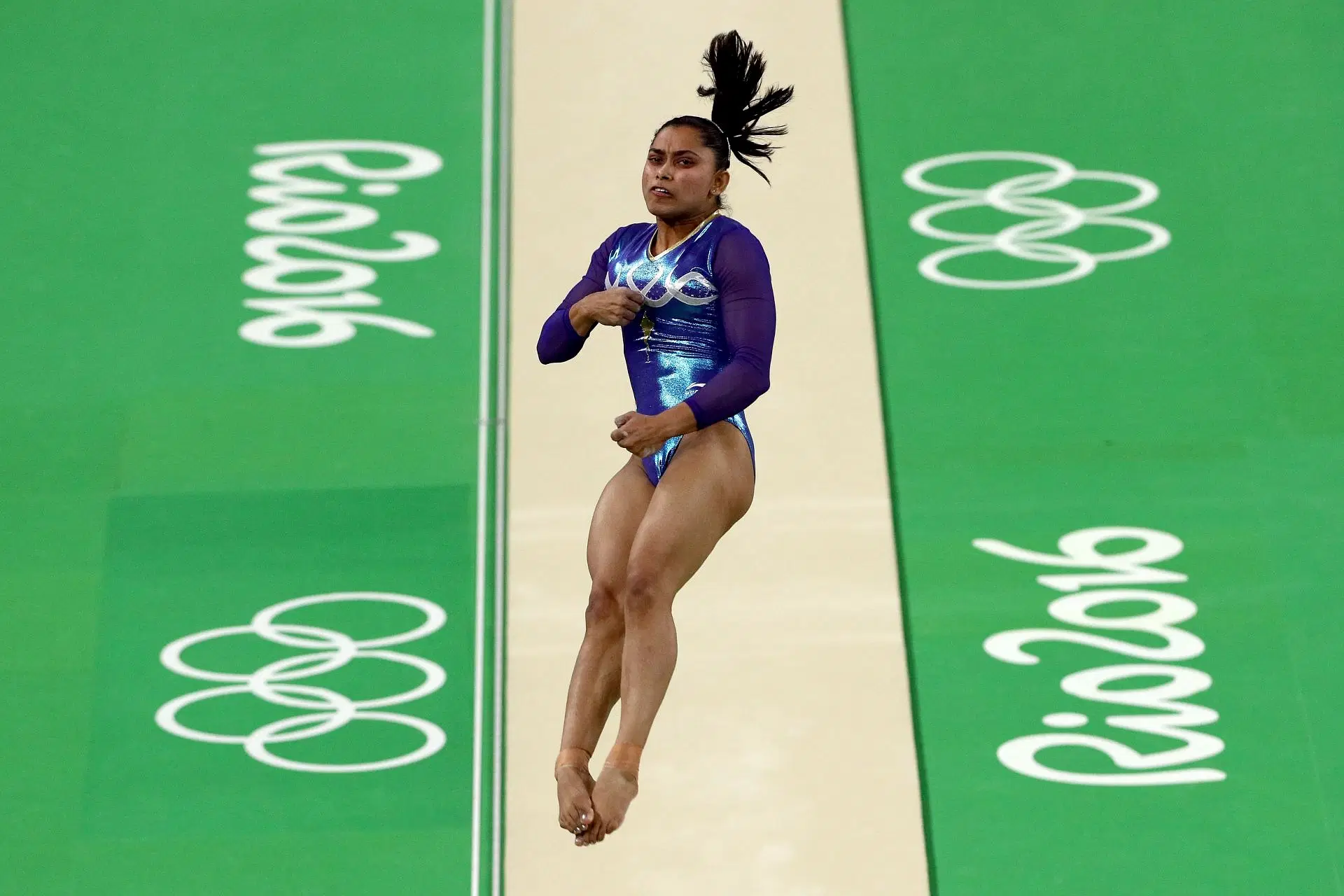
“Training wasn’t up to the mark” - Dipa Karmakar explains the reason behind no Indian gymnast in Paris Olympics 2024; suggests measures to improve
Indian Olympic gymnast Dipa Karmakar has pointed to inadequate training and lack of support as key reasons behind the absence of Indian gymnasts at the Paris Olympics 2024. This marked the first time in 12 years that India had no representation in gymnastics at the Olympics, a stark contrast to its appearances in Rio 2016 and Tokyo 2020.
Dipa Karmakar, who made history in 2016 by becoming the first Indian female gymnast to compete at the Olympics, shared her thoughts in an exclusive interview with Sportskeeda’s Farzan Mohamed, highlighting shortcomings and suggesting measures to revive India’s Olympic gymnastics hopes.
In the Rio 2016 Olympics, Dipa Karmakar delivered a historic performance, qualifying for the vault final - a first for any Indian gymnast. She narrowly missed out on a medal, finishing fourth with a score of 15.066, just 0.15 points away from the podium.
Following Dipa’s groundbreaking feat, Pranati Nayak represented India at the Tokyo 2020 Olympics. Nayak, one of the few Indian gymnasts to win an international vault medal, kept India’s Olympic gymnastics hopes alive.
However, India’s streak ended in Paris 2024, with no gymnasts qualifying. Dipa herself finished 16th in the all-round discipline at the Asian Gymnastics Championships, falling short of the qualification mark.
Below are excerpts from the conversation with Dipa Karmakar:
Q: There were no Indian gymnasts in the Paris Olympics 2024. Where do you think India is lacking, and what can be improved?
A: Gymnastics requires team effort. When I qualified for the 2016 Rio Olympics after 52 years, it wasn’t easy. Camps are very important, where junior and senior gymnasts train together. Good coaches and proper recovery facilities in camps motivate juniors when they see seniors performing.
Most gymnasts come from middle-class families and don’t have access to such facilities at home. Camps provide them with recovery sessions, but unfortunately, this support was missing over the last two years. No camps were organized, training wasn’t up to the mark, and trials were conducted just before competitions, which made things difficult. For example, in the last Apparatus World Cup, only three out of four Indian gymnasts could participate.
This gap must be addressed to ensure that juniors don’t face such problems in the future. Athletes and coaches work very hard, and they need opportunities to compete and showcase their performances to qualify for the Olympics.
Q: Sponsorship has always been a challenge for Indian gymnasts. What are your thoughts on that?
A: Sponsorship was a big challenge when I started. Everyone had to manage their own registration fees, and there weren’t many sponsors. Nowadays, things are better, but we still need more sponsors to support talented athletes from middle-class families who don’t have the financial resources to pursue the sport.
Q: How many gymnasts can we expect in the upcoming Olympics?
A: It’s difficult to predict because gymnastics is a sport where injuries can happen anytime. However, there are two to three juniors who have the potential to qualify for the 2028 Los Angeles Olympics. Their hard work, along with proper camps and training, will be crucial for their success.